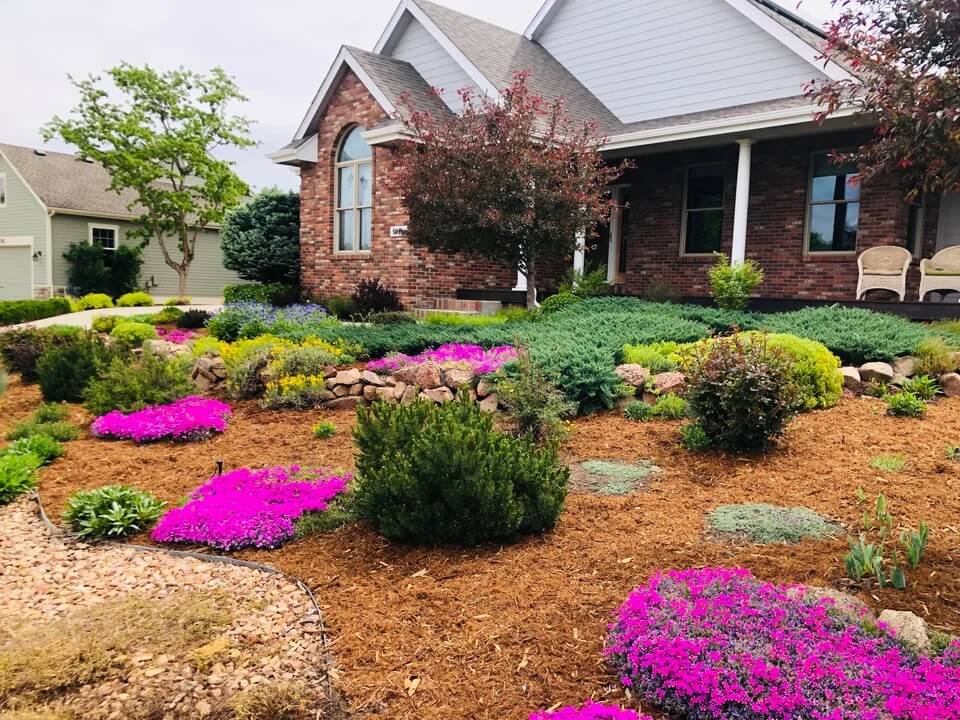While a perfectly manicured lawn still has its place in the world, more and more homeowners are interested in making their lawns habitable for a diverse array of natural flora and fauna. Meet the "no-lawn" lawn.
In this thread posted by a Reddit user in the r/NoLawns forum, titled "My neighbor has mastered the No Lawn life," a beautifully landscaped lawn shows off different types of plants, flowers, and terrain in lieu of grass for all or part of a yard.

The lawn featured in the Reddit post is a great example of native plant yard, featuring flora native to the area, and a xeriscaped lawn — landscaped to minimize the need for water. While this neighbor clearly went hardcore with full-yard landscaping, xeriscaping can be as simple as using clover or buffalo grass in what may look like a normal green lawn or partial yard replacements featuring a mixture of grass and the type of landscaping demonstrated here.
🗣️ Should an HOA be able to decide what your home looks like?
🔘 YES 👍
🔘 NO 👎
🗳️ Click your choice to see results and speak your mind
"This is the ultimate one for me," one commenter said. "My front yard would look better like this."
The benefits of the "no lawn" movement to the environment are numerous. One of the major pluses is providing natural and native habitats for local pollinator populations. Supporting pollinator populations is especially important. Without pollinators species such as bees, moths, and butterflies, nearly 80% of our food system would be impacted due to plants not receiving proper fertilization.
Along with pollinator populations, natural plants mutually benefit natural wildlife. Natural plants evolved and adapted over time to a specific area alongside wildlife, so native plants and native wildlife co-benefit from each other's existence, creating a win-win for your native plants and your surrounding ecosystems.
With a xeriscaped lawn, water usage will be reduced, as well as the potential for chemical run-off from any pesticides or herbicides used. In areas where drought persists, any way to reduce water usage is important and would have mutually beneficial outcomes for both your water supply and wallet. In fact, the estimated water savings is up to 175,000 gallons per year, as well as estimated savings of $300 per year on gardening and lawn maintenance expenses.
"I was just admiring a yard like this in my neighborhood!" another commenter said. "I like the way it looks neat without being just grass. I'm thinking of planting prairie grass and native flowers in my back yard, but breaking them up with pavers to get a similar effect. Don't know if I could keep up with that much mulch."
Many commenters expressed their surprise that this "no-lawn" lawn was allowed in a neighborhood with an HOA. While not all HOAs are the same, and HOA residents may need to have a "no-lawn" lawn approved, there are many points of evidence to support the benefits of these lawns.
The "no lawn" lawns make for a happier environment and budget. While HOAs may impose restrictions, there is a large community of "no lawn" lawn supporters and an abundance of information to support anyone interested in changing an HOA's rules or just replacing their green turf with more pops of color in non-HOA yards.
Join our free newsletter for easy tips to save more, waste less, and help yourself while helping the planet.









